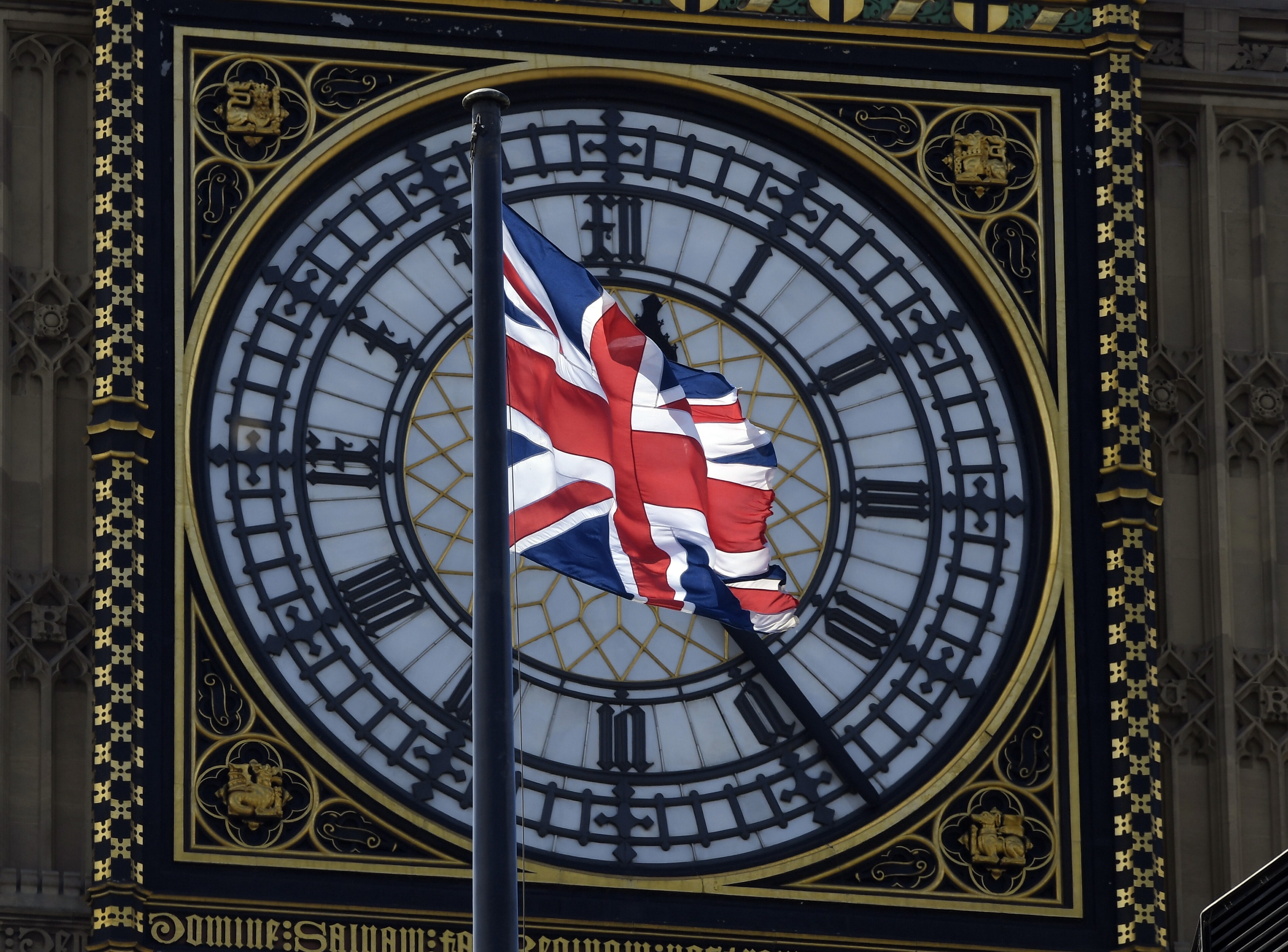Daily foreign exchange turnover averaged $2,440 billion in the UK during April 2017, 12 percent higher than in October 2016, and 17 percent better than a year earlier, according to the Bank of England’s semi-annual turnover survey for the Foreign Exchange Joint Standing Committee.
The London Summit 2017 is coming, get involved!
London volumes showed the largest proportional rebound of the six regions surveyed, and were also the strongest in more than two years, specifically when turnover was recorded at $2,711 billion per day in October 2014.
The survey showed that turnover in EUR/USD - the most liquid currency pair - rose 14 percent to $696 billion per day during the reported period, its highest level since April 2015.
Meanwhile, USD/CNY turnover dropped 15 percent in the six months to April 2017, having yielded $34 billion per day even as AUD/USD volumes rose for the first time since October 2015, gaining 7 percent in the same period.
The 28 largest banks active in the UK Forex market participated in the survey, which showed that while most FX products saw a smaller increase since the last survey, the rise in overall volumes was largely driven by a 14 percent increase in FX Swaps activity.
Looking more closely at the UK data shows that FX spot turnover advanced 8 percent compared with six months earlier, coming in at $748 billion per day, although this was still down 1 percent compared with a year earlier.
The survey also broke down volume by currency pair and showed that EUR/USD accounted for 28.5 percent of trading volumes, up from 28.0 percent in October 2016.
USD/JPY, the second most-traded currency pair in London, saw the biggest relative rise in trading activity, accounting for 15.1 percent of turnover, up from 13.9 percent recorded six months earlier. This was followed by GBP/USD, which accounted for 12.1 percent of volumes, down from 12.9 percent in October’s survey.
Trading volumes for the Australian dollar and Swiss franc – currencies both affected by their respective central bank’s neutral stances – were almost unchanged in the April survey.
Highlights on Global FX volumes
Elsewhere, the survey results confirm that London remains the world’s biggest currency trading hub, with daily turnover more than double that of its nearest rival, New York.
According to numbers revealed by an equivalent survey conducted by the New York Federal Reserve Bank, average daily FX volume in North America during April 2017 was estimated at $889 billion, 3.7 percent lower than in October 2016. This was primarily down to the 24 percent drop in spot transactions to $375 billion, though turnover in forwards and FX swaps posted gains in excess of 9 percent and 16 percent respectively.
Similar semi-annual surveys were also conducted by the central banks of Canada, Singapore, Japan and Australia.
The Foreign Exchange Market Committee reported average daily volume of FX activity in Singapore was $463 billion in April, 4.0 percent less than in October.
Hong Kong’s Treasury Markets Association (TMA) also reported that local foreign exchange activity amounted to $407.3 billion in April 2017, with foreign exchange swaps ($248.0 billion), spot ($88.8 billion) and outright forwards ($45.1 billion) accounting for the bulk of the turnover.
The report from the Australian Foreign Exchange Committee (AFXC), which operates under the sponsorship of the Reserve Bank of Australia (RBA), showed that average daily turnover was recorded at $125.7 billion in April 2017, almost unchanged when compared with six months earlier.
















